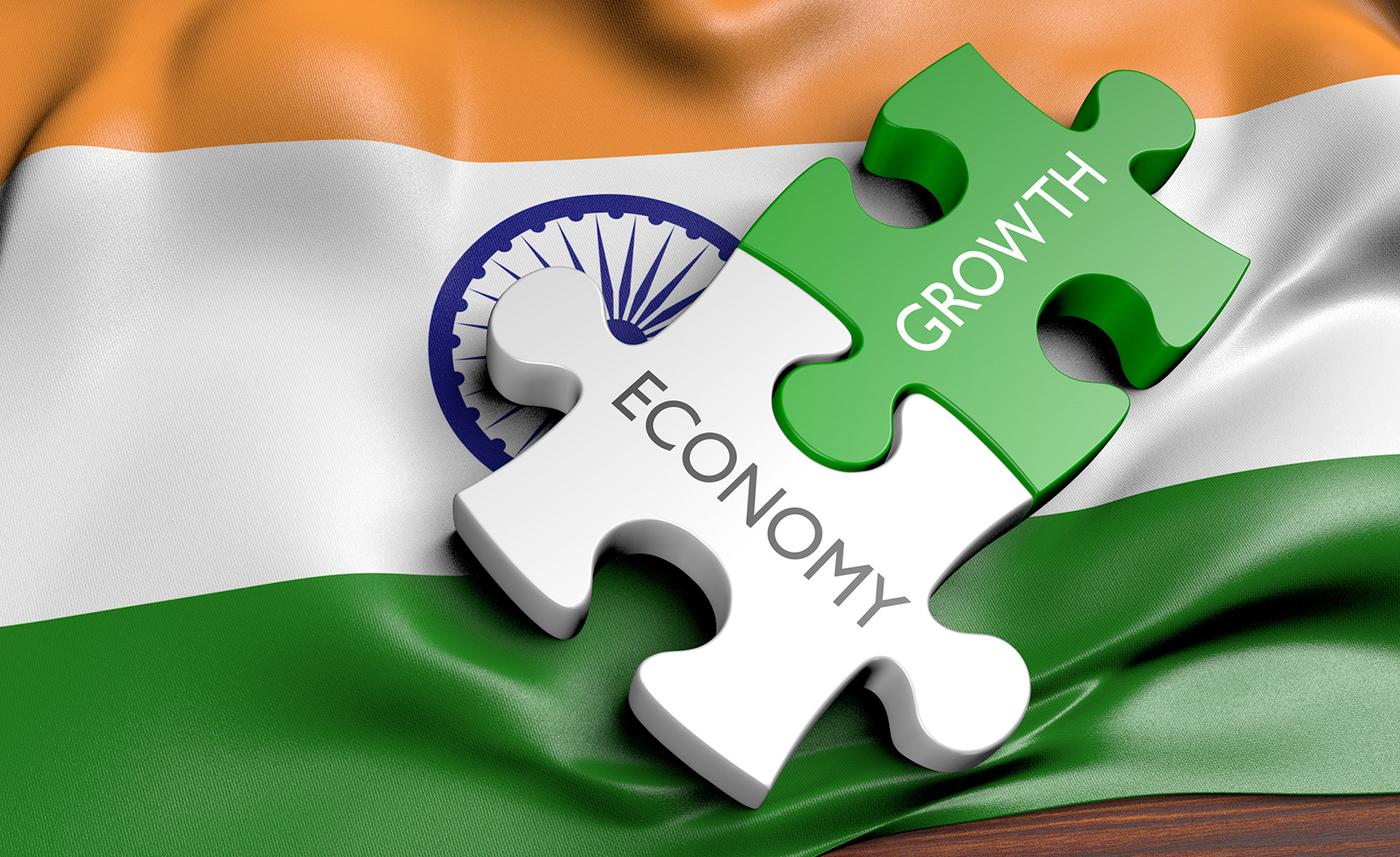
September 20, 2024
The report highlights a projected growth rate of 8.2% for FY2024, emphasising the importance of ongoing reforms to enhance business operations and logistics
Dynamic equity markets and improved regulation are anticipated to attract foreign investments into Indian government bonds
With nearly 90% of India’s trade being seaborne, the report stresses the necessity for robust port infrastructure to accommodate increasing exports and bulk commodity imports
The agriculture sector will need advanced technologies and new policies to tackle critical infrastructure challenges, ensuring food security and economic stability

India is on course to become the third-largest economy by the fiscal year 2030-31, driven by a projected annual growth rate of 6.7%, as outlined in a recent report by S&P Global. The report also forecasts an 8.2% growth rate for FY2024, stressing that continued reforms are essential for enhancing business transactions, logistics, and private-sector investment while reducing reliance on public capital.
The analysis indicates that India’s equity markets are expected to remain dynamic and competitive thanks to strong growth prospects and improved regulatory frameworks. Following India’s inclusion in major emerging market indices, foreign investments in Indian government bonds have surged, with further growth anticipated.
The report advises India to focus on infrastructure development and geopolitical strategies to optimise trade benefits, particularly concerning its extensive coastline. Given that nearly 90% of India’s trade is conducted via sea, robust port infrastructure is critical to managing increasing exports and bulk commodity imports.
The report also addresses India’s rising domestic energy demands and highlights the importance of embracing sustainable technologies, including renewables and low-emission fuels, to balance energy security with transition plans. In the agricultural sector, advanced technologies and new policies will be necessary to address infrastructure issues related to irrigation, storage, and supply distribution, ensuring food security and economic stability.
Source: Economic Times